
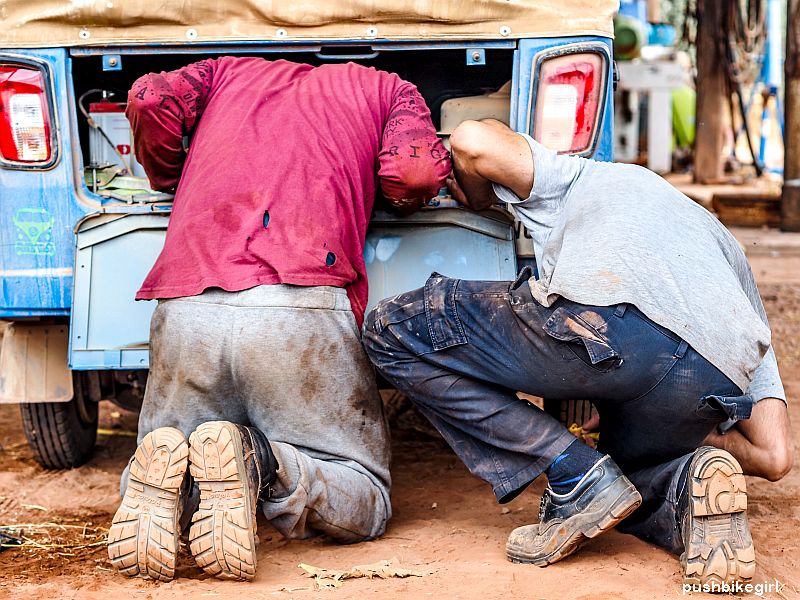
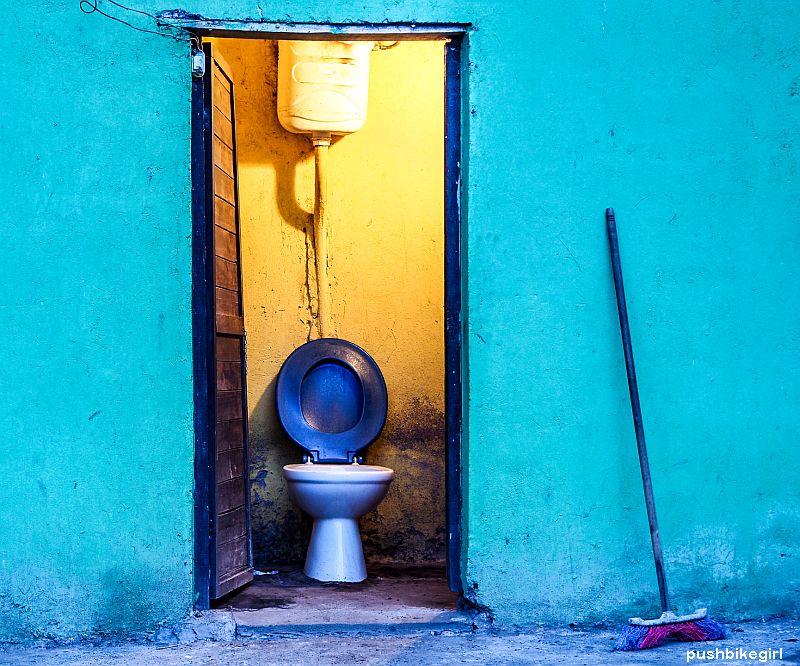


“What do you want in the Chaco? There’s nothing to see there,” people kept saying to me.
Well, we’ll see, that was my thought. If there’s one thing I’ve learned over the last few years, it’s that I have to see things for myself to judge whether they’re worth seeing or not.
Most of all, I was looking forward to the change.
After nearly three years in desert areas, it was time to see something different. Trees, animals, and other landscapes.
Perhaps a different type of people?




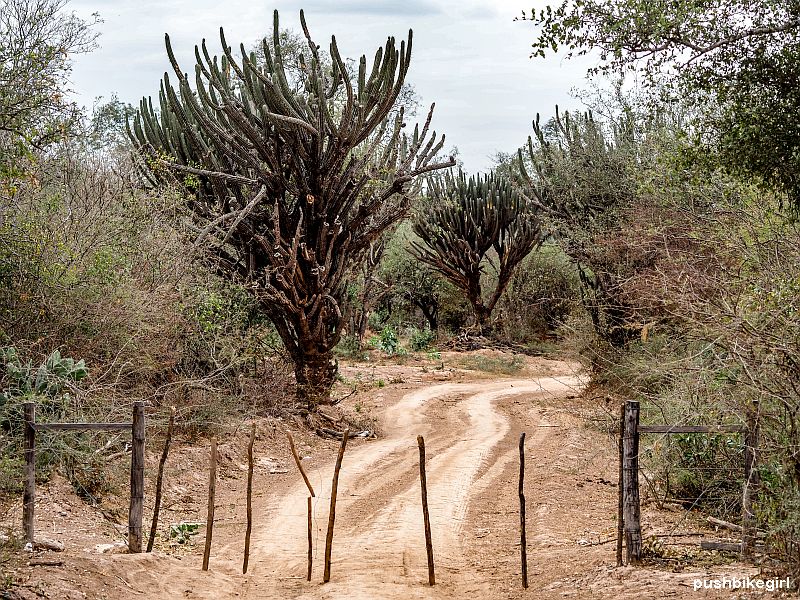
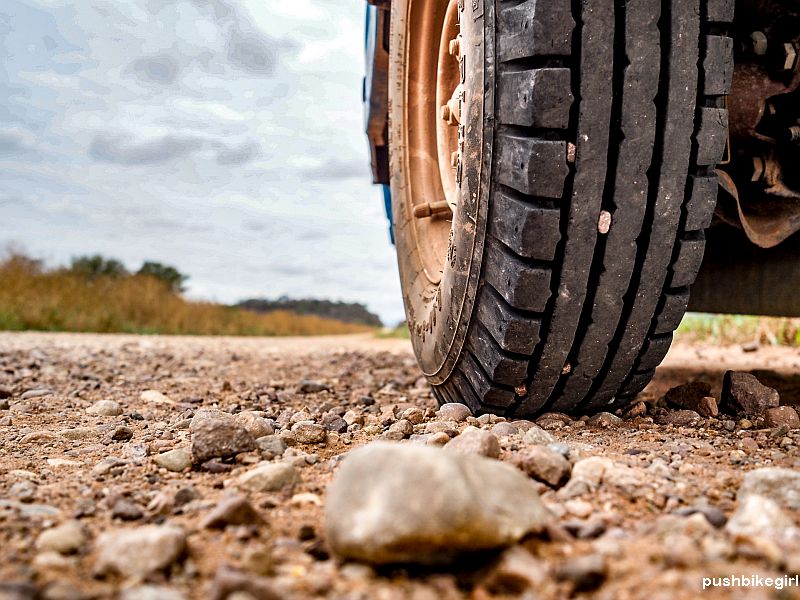

We drove through lonely areas almost at sea level, with a scattering of a few farms and small villages. The traffic was light, and the plant life was fascinating. As with when riding the bicycle, I was constantly stopping with the TukTuk.
It doesn’t matter whether something is running, flying, or growing; there is always something to see, and of course, I don’t want to miss anything.






The first night, we camped on a police compound. I hadn’t found anywhere to pitch a tent away from the road, and it was almost dark, so I asked one of the police officers if we could camp with them.
“Sure, no problem, the area is big enough; park wherever you want.”

At a nearby comedor, I ordered something to eat. The usual menu, apart from Milanesa, which corresponds to our Schnitzel, includes chips, rice, salad, soup, grilled chicken, cutlet, pasta, gnocchi, pizza, and empanadas, rarely anything else.
I was surprised by pizza, pasta, and gnocchis at first. Still, if you think about it, it’s completely logical that Argentinians love pizza because many Italians have immigrated here.


Most villages have a butcher and a small store where you can buy basic foodstuffs. However, fresh fruit and vegetables are often in short supply.
It feels like it’s siesta time for most of the day. Everything closes around one in the afternoon. Depending on the region and store, you may find they are open again around six in the evening. However, many comedors (small restaurants) often aren’t open until eight or even nine at night.
So I always have to be careful about when and where we can find food. Waiting in the midday heat in a village until a store might reopen, possibly not until the end of the day, is not very appealing.

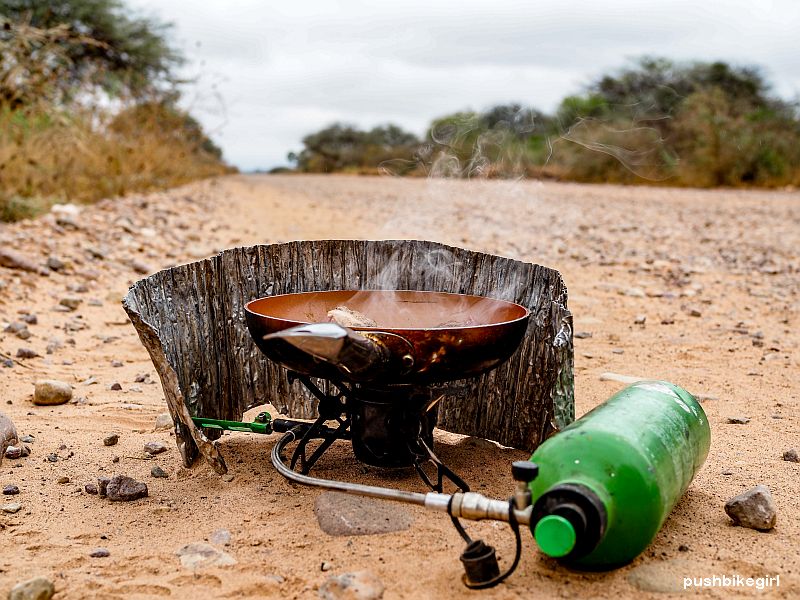
The owner of a comedor asked me what Butch gets to eat? And when she served my schnitzel with chips, she brought Butch some chicken soup without asking for anything in return.
I already mentioned in my last article how friendly Argentinians are. Fortunately, that hadn’t changed in the Chaco region either.


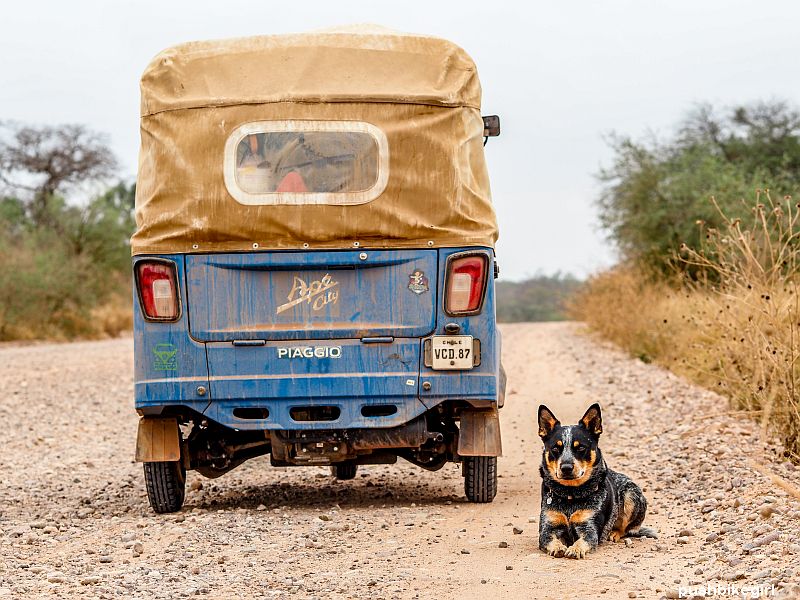




At a somewhat dubious, uninviting crossroads with a few stores and a petrol station, I saw two men standing with their Toyota Hilux at the truck stop. They didn’t fit the picture: this run-down place and these wealthy-looking men. I had to wonder where they were from.
We got talking because you’ll never know if you don’t ask. It turned out that they were from Buenos Aires and were looking to set up a cattle farm nearby.
When we said goodbye, they said: “100 kilometers from here, at milepost 151, there is a finca (ranch) on the left. That’s where we live. Come and see us. You can spend the night with us.”
However, 100 kilometers was too far for me that evening, so we pitched the tent just outside the village, behind some bushes but in front of the endless fence.
There wasn’t much traffic on the road, so it wasn’t a problem.

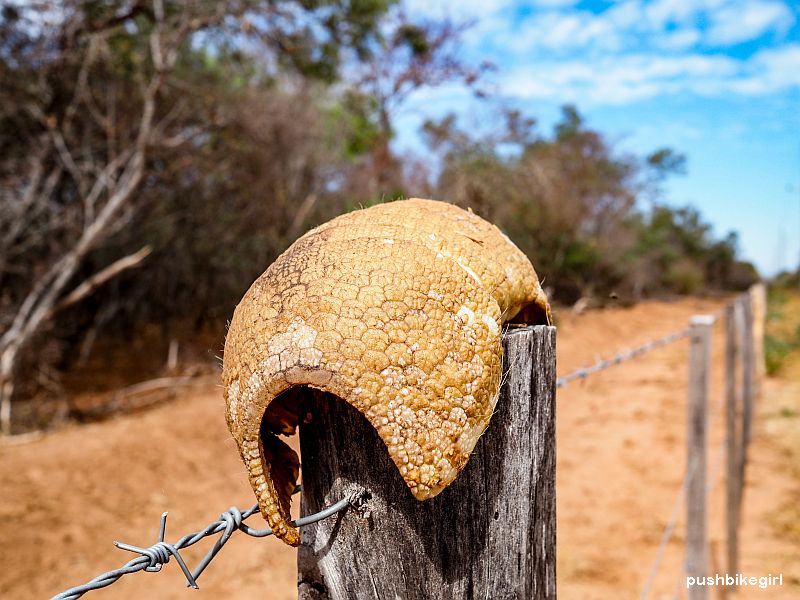

Arriving at the ranch the next day, we met the two men again, and one of them said: “We’re about to have lunch; come in.” The farm dogs greeted us peacefully, and a short time later, I was sitting at the big table with six men eating grilled chicken.




That night, dinner wasn’t ready until after midnight—delicious, homemade empanadas.
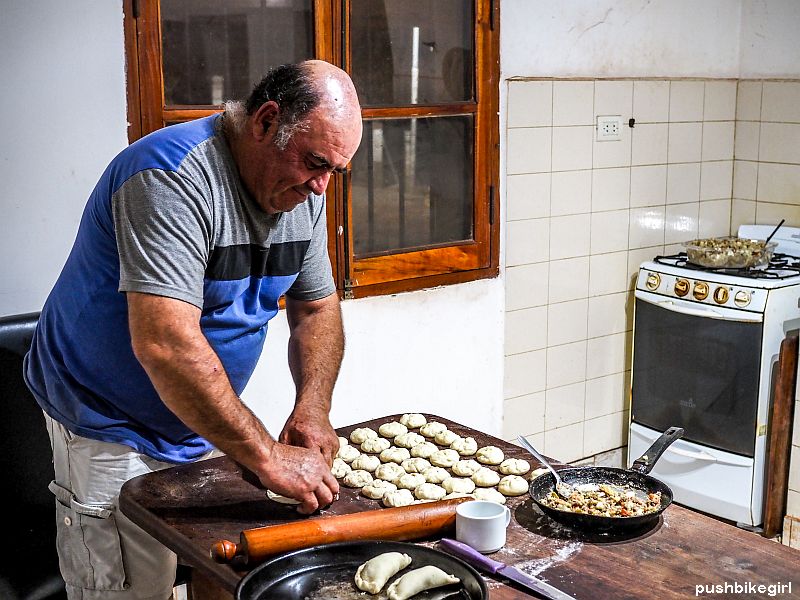

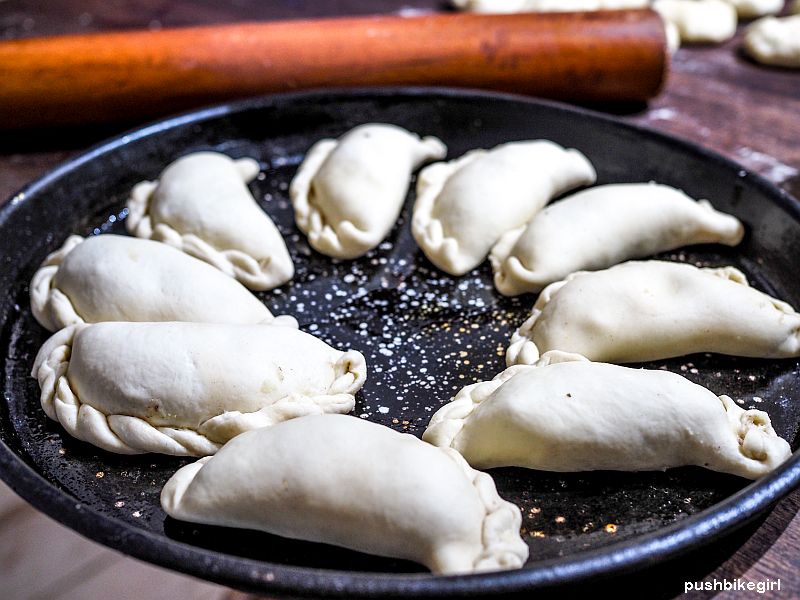



Empanada recipe:
Classic yeast dough:
1kg flour
1 teaspoon sugar
1 teaspoon salt
10 grams of yeast
3 teaspoons oil
Filling:
1 kg minced meat
2 onions chopped
1 red pepper chopped
2 garlic cloves chopped
4 hard-boiled eggs chopped
200g chopped olives
Oregano, chilli powder Pepper, salt, cumin
Fry, chill, form and fill the dumplings.
Into the oven.


The fellas kindly put a bed in the living room for us, and when everyone finally went to sleep, we both enjoyed the cozy bed.
Again, the question came up, “What do you want in the Chaco? Take care; it gets brutally hot there – unfortunately, 50 degrees is not uncommon,” Fernando explained.


The area reminded me of Australia: red earth, cattle herds, mosquitoes, exotic plants, and birds. There were even road trains, which I had never seen outside of Australia. I loved it every day.
When I chatted with John, a Facebook friend from Australia, he said precisely this: “I often felt like I was at home in Argentina.”

Unfortunately, there were lots of ticks. The dogs were full of them. Even on short walks, I saw them crawling around on me, too. What worried me more was that the Chaco is an area with dengue fever.
Having had dengue many years ago, I am always more cautious, as a second infection can be dangerous. As of April this year, a vaccination has finally become available. As soon as I have the opportunity, I will get vaccinated.
Two of the ranch’s mechanics gave my Tuk-Tuk a thorough going over just before I left and were delighted with my vehicle.
I also had the feeling that everyone was happy about our visit.



Before crossing the provincial border, I was told, “Watch out, poor people live in the Chaco. Always look after your things; otherwise, they’ll steal everything,”
In La Union, a small village, we spent the night in a small hospedaje (small inn). Often with a hot shower and even a comfortable bed.
So far, it has always worked out that I could park the Tuk-Tuk safely near my accommodations. Frequently since entering Argentina, it had been said to me: “You don’t have to worry; Nothing happens here. Our village is safe.”



From La Union, there was a nasty dirt road heading southeast. We drove about 150 kilometers over hard-packed corrugated tracks, almost non-existent roads, and several bypasses, mainly used by motorbike riders to reach their destination faster.
There were also dusty tracks, known as bulldust in Australia or polvo here in Argentina. The thick layer of dust made it nearly impossible to see what lay beneath, so we were constantly shaken until our teeth rattled as we bounced off of stones and in and out of hidden holes.
I’m still amazed by what the TukTuk can do!

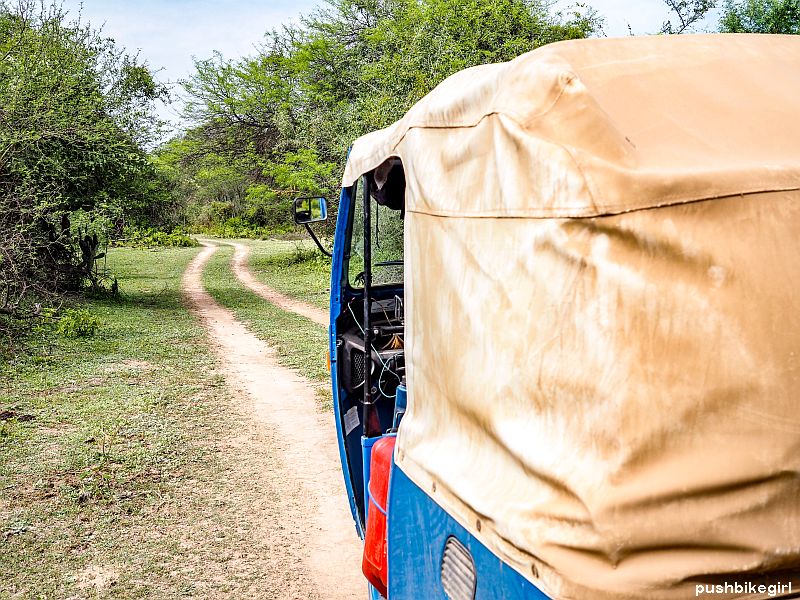


A young motorbike driver overtook me a few times and watched me, and I wasn’t sure what he wanted. Somehow, I didn’t trust him. Was he curious but too shy to say hello, or was he up to something?
“Watch out in the Chaco; people are stealing,” I heard ringing in my ears.
In times past, when I got into trouble on the road, it was always young motorbike riders who caused me problems. So, I was careful for the time being.
We were stuck deep in the sand when the same motorbike rider suddenly appeared again, but this time, he had his buddy with him and rolled purposefully towards us. And what happened? The boys put the motorbike to one side and helped me get out again!
Handshakes to thank them, and we were back unscathed on the road.
Ultimately, I was again annoyed with myself and my stupidity in paying attention to people who say bad things about others they have never seen or spoken to.
In reality, I only met super friendly people in the Chaco, and surprisingly, nobody spoke critically about their neighbors or the next village.



One night, we parked behind cacti and undergrowth out of site. We had followed what appeared to be a motorbike track off the main highway. No fences and trails led in all directions to somewhere, but it felt more like they went nowhere.
It was pitch dark, and the abundance of insects had fallen silent under the flickering stars when a motorbike passed within a few meters of our tent. The motorbike’s headlight hadn’t shone on the tent or Tuk-Tuk, so it seemed he hadn’t seen us.
“Phew,” silently ricocheted through my head. When he returned half an hour later from the other direction, his lights missed us again, and with the intense darkness, he had no clue we were there.


In the morning, we awoke to the sound of beautiful birdsong. On the other hand, the parrots were so loud that it was almost annoying, but it felt like life after a long time in the relative quiet of the desert.
Movement was all around: birds in flight above me, cows and pigs crisscrossing the road, and rabbits running helter-skelter.
It all made me feel so alive, and I enjoyed it to the fullest.
I hardly took any pictures during our 150-kilometer-long, exhilarating drive on the slopes because I had to concentrate. In retrospect, it was a bit of a shame because it had been adventurous.
As we entered the next village, the villagers greeted us with enthusiasm and many questions. “Where had we come from”? “How could we have made it from La Union with such a vehicle”? One woman exclaimed in disbelief, “That’s impossible”. Oh, it is, I answered. 😊
Generally, we are always an attraction. Many people want to say hello, take pictures of us, and are so happy when they see us.

Our room that night was small and mosquito-infested, but thankfully, I could shower, ridding myself of a layer of dust before continuing. To be on the safe side, I had bought a mosquito net in La Union, under which we spent that night.
In the morning, there was a sudden sandstorm and insane heat.
“Don’t go anywhere today. It’s supposed to get cold tomorrow. Better stay here for another day; the wind is just too strong today,” said the accommodation owner.
The temperature dropped from 40 degrees to 15 degrees the next day. Apparently, this happens often here.

We continued through a somewhat monotonous landscape towards Fuerte Esperanza. The day’s highlight was an anteater that crossed the road, albeit incredibly quickly, so I only saw it for seconds. Brilliant nonetheless.
We soon reached the largest village in the area, Fuerte Esperanza. Where we could finally refuel, fill up our spare canisters, and do some shopping.



Not far from there was the small provincial park of Fuerte Esperanza. Luckily Butch was welcome, and Natty, the ranger, was super hospitable and let us spend the night in what looked like a storage container, mainly because it was so cold. Then, because it got super hot the following days, we were allowed to use the AC.
Friends came to visit Natty, so we had a BBQ and baked pizza, and they told me the secret of mate tea.




Mate is everywhere. The whole country drinks, mate. I see people walking around with thermos flasks and mate pots. In some places, you can buy hot mate water at kiosks; others even offer hot water for free. A cult, a tradition, a lifestyle. Like drinking coffee or beer all day, only without the intoxication and caffeine.
They made sure I understood that it’s not just about drinking tea. Mate is passed around and shared between friends or as a friendly gesture. Everyone is allowed to take a drag, just like smoking a joint, but without getting high.





The water must be 80 degrees; it should not boil when the mate is brewed. There are even kettles that can be set to 80 degrees.
Mate is drunk with a metal straw. The built-in filter prevents the yerba – the pieces of plant – from ending up in the mouth.
However, I think it has little to do with drinking tea. There is often so much yerba in the container that hardly any water goes with it, and you only ever take a tiny sip. It’s about the taste and not about taking in liquid.
Depending on your preference, with or without sugar, more yerba or less. Some people also drink it cold with ice cubes, in which case it is called Terere.
Nevertheless, it’s not my thing because it’s far too strong for me.

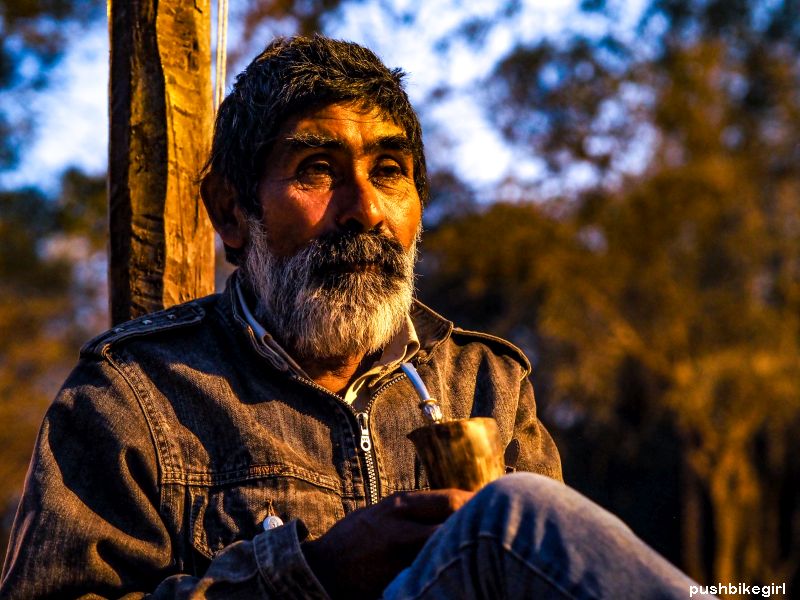

I went scouting animals with Natty, and she was pleased to pass on her knowledge of flora and fauna.
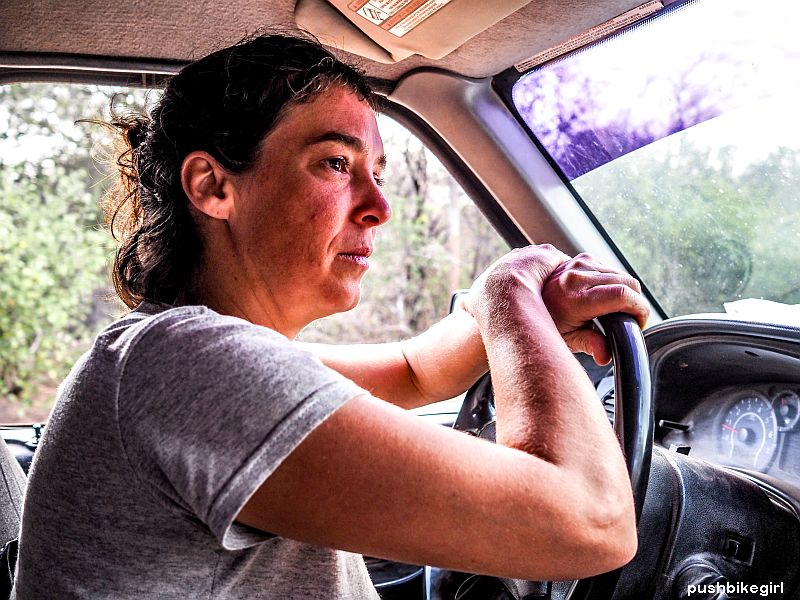

The other ranger and his girlfriend were preparing for a flea market where they wanted to sell their homemade jars. As a second job so to say.
Nobody has much money here. With the dollar or euro I can get much further in Argentina than Argentinians with their wages in pesos, which will be worth significantly less next week.


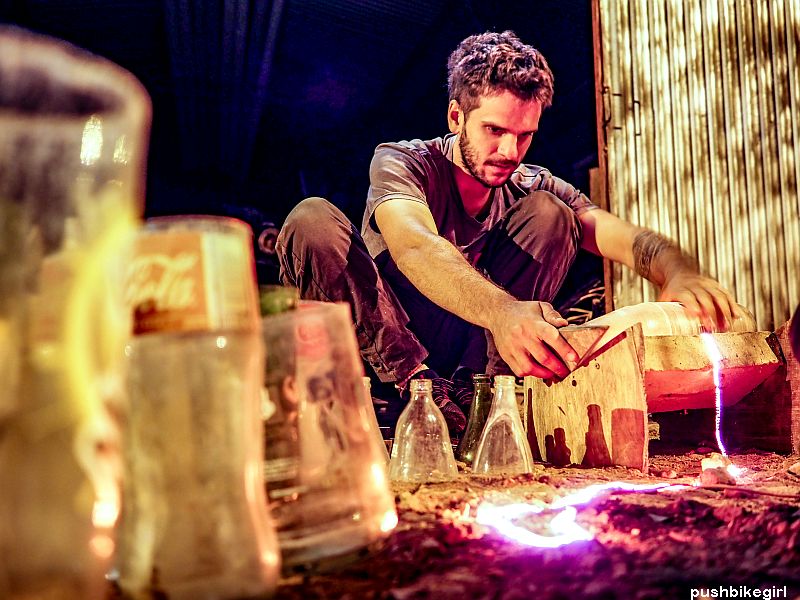

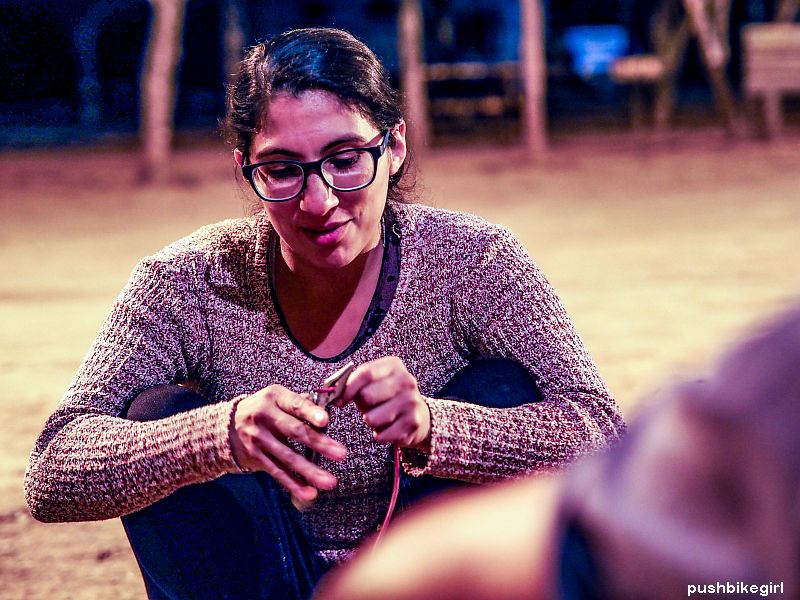
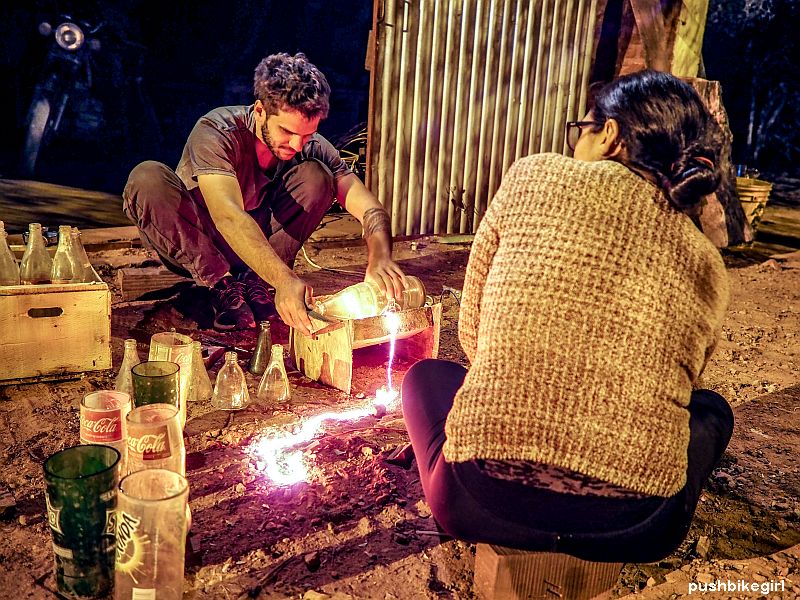
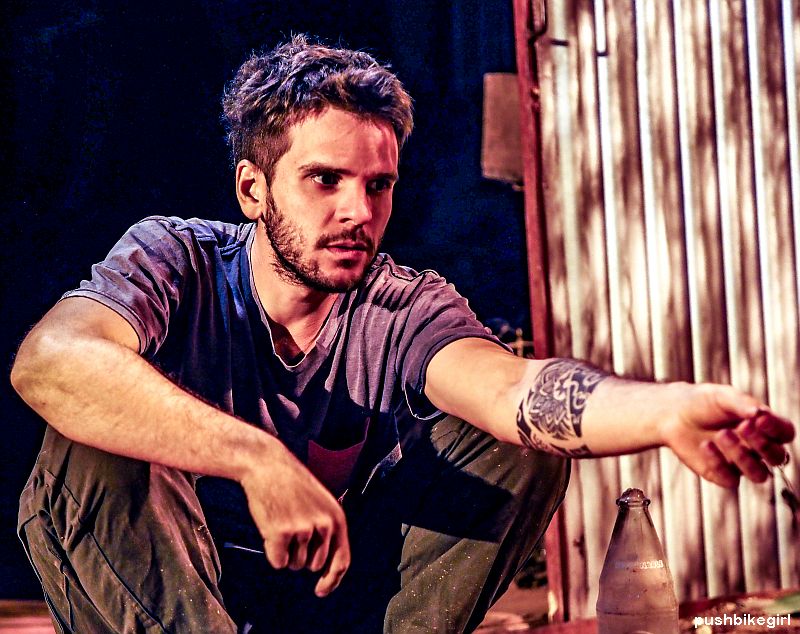



I wanted to visit many more parks and places in the Chaco and the surrounding area, but it was getting too hot. The thermometer seemed stuck at 40 degrees, and the forecast for the next few days was 44 degrees. Many said: “It won’t be long before we reach 50 degrees.”
So it was time to head back to the mountains, which I thought was a great pity, but I hope to return to the area again next year in June or July when it’s a bit cooler.
Leaving the Chaco was another little adventure. I saw in the morning that I had a flat tire but was too lazy to fix it immediately and put the problem off for a while. If need be, I’ll pump it up again every hour; at least, that was the plan.
Before leaving the village, I met Frank, whom I had heard about several times. His grandfather was from Germany, so Frank even spoke good German, albeit a little funny. He had a few strange expressions in his use of the language, which made the conversation amusing.
Then, it was off to the slopes. Red earth, corrugated iron hard roads, but no sand, so we shouldn’t have any problems returning to civilization.






We were about 50 kilometers down the road when I had a totally flat tire that wouldn’t inflate. My reward for laziness. “No big deal, right.” However, I had underestimated accessing the spare tire, bolted under the driver’s seat, and I needed a 13mm wrench for the job, which, unfortunately, I didn’t have.
We sat and waited for about an hour until a cattle truck arrived, stopping right away. The driver offered help and had the missing wrench, which he gave me to keep. He even stayed until he knew I was good to go. The tire was changed quickly, even though the jack annoyed me with its cheap construction and made in India.
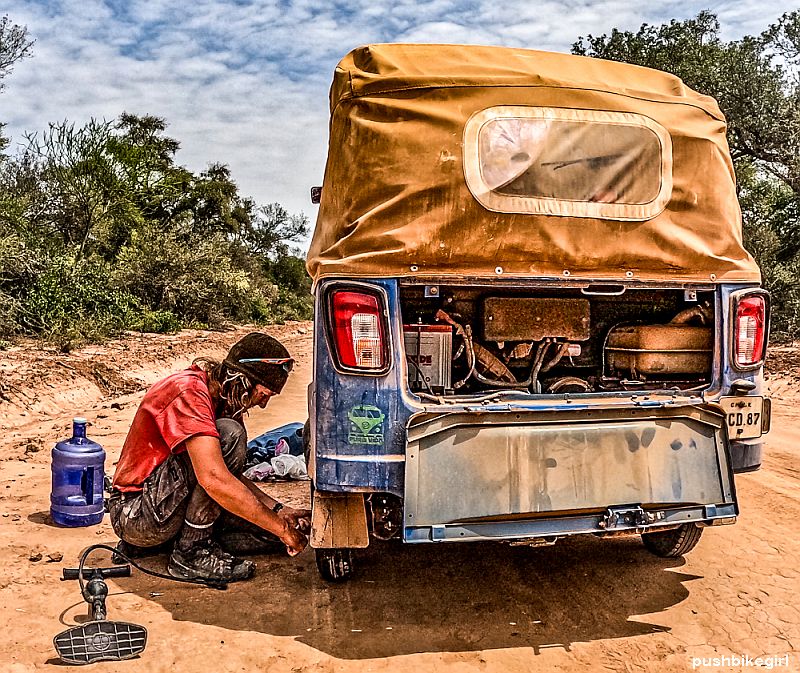

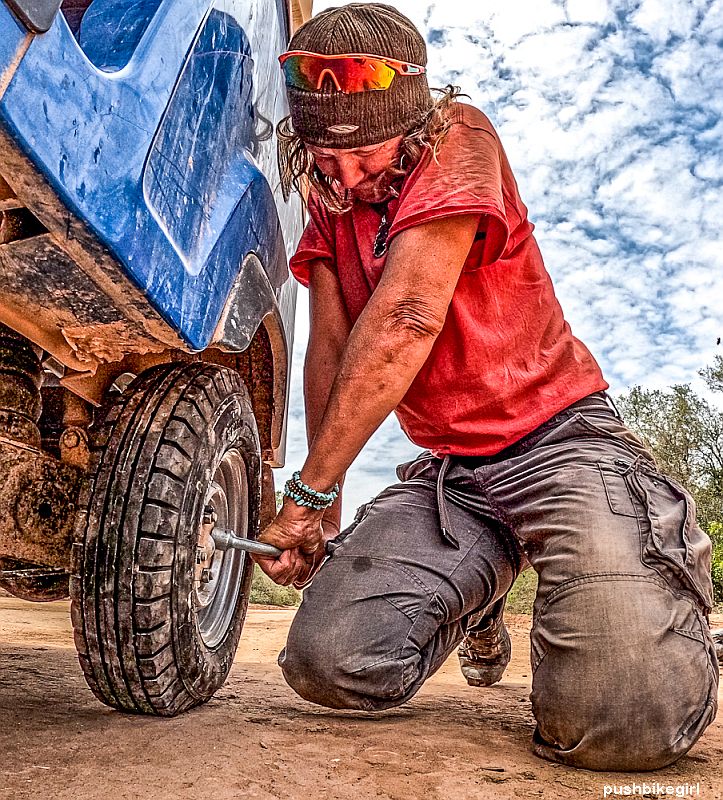
As always, we travel very slowly because the hard washboard roads shake and rattle everything terribly. We travel at an average speed of around 25 km/h on such roads. When it’s cool, I like to let Butch run alongside the Tuk-Tuk.
Sadly, as is typical, there were fences. Wild camping was hopeless. The closer we got to the main road, the more cattle farms dominated the landscape. It was already dark when we reached civilization, so we had to spend the night in a small hotel.
In the past, I would probably have knocked on one of the farm doors and asked if I could camp on their property. Today, however, I no longer like doing that. With every farm or ranch having dogs, problems are inevitable and can be severe. These are problems I would rather not deal with at the moment.
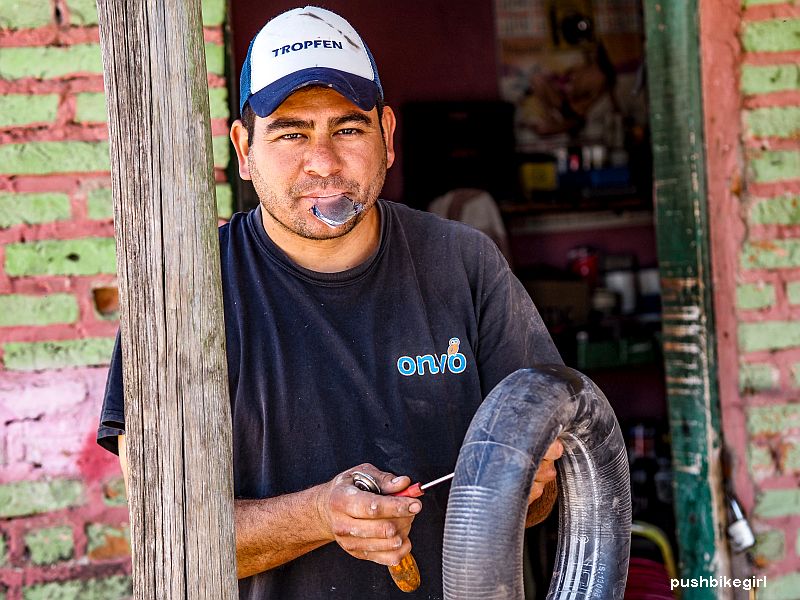


I was in a bit of a hurry, as I didn’t want to experience the impending heatwave, so we drove towards Salta at a fast pace, if you can call it a fast pace in a Tuk-Tuk.






Sadness overtook our journey. A few weeks back, I found out from Wolfi, a long-time supporter of my trip, a friend of my father’s, and now also a long-time friend of mine, that he had requested euthanasia. He no longer wanted to live; he didn’t want to be a burden on other people. He was bedridden and couldn’t look after himself, but he was still 100% mentally fit.
The day came when he told me that his application had been accepted and that he would soon be allowed to leave. We chatted frequently on WhatsApp, and I tried to find the right words. I was impressed by the strength and conviction with which he approached his last days. He was not afraid, he told me. Wolfi had thought his decision through 100%.
To have a date in mind and to know that it will be the last day of your life and to wait for it and say goodbye to everyone in the meantime, I imagined it to be brutally difficult.

On the other hand, I think it’s great that we finally have the option of euthanasia in Germany and that people can choose not to spend their last days unnecessarily suffering.
Wolfi has done an incredible amount for me over the last ten years. He has always encouraged people to support my journey, and I will be eternally grateful to him for that. He also always had an open ear for me when I had difficulties.
The day before his last day, we chatted for a long time. I was admittedly nervous; I didn’t want to say anything wrong to him, but he came across as content and determined.
“I’m tired of life; I don’t want any more. I’ve had a great life, but now I’ve had enough,” were his words.
On his last day, he sent me a message in the morning, which I was unfortunately unable to reply to due to the lack of an internet connection. I have to admit I still have a lump in my throat. I would have liked to have replied to him in time – the two blue ticks that confirm in WhatsApp that the recipient has read the message no longer appeared. He was already gone.
Thank you, Wolfi, for everything. Have a safe journey. RIP.

Soon, we were back at higher altitudes and, as so often is the case, driving around at night to find a place. I’m back in my old rut. One of my favorite things is looking for potential tent sites at night; after all, it must be exciting.



The next day, I saw a car stuck in the sand and grabbed my shovel to help. An Argentinian woman was buried in the sand. She had been traveling for a few years and was sleeping in her car.
We got her out quickly, but then it was my turn to try my luck getting through the sandy section. No such luck, but with only a few meters of sand left, we were able to work together and shovel our way through





We had a special treat before landing on the world-famous Ruta 40, which traverses 5194 kilometers from north to south, The Los Cardones National Park—a super highlight.
The park was a mixture of Utah, Arizona, and Baja California.





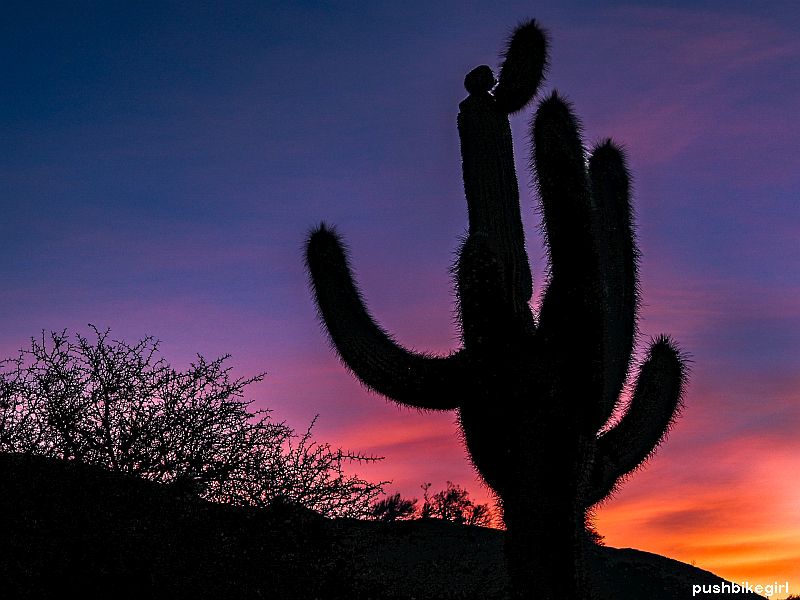
Great for hiking and marveling and, of course, for camping and taking photos.
It’s amazing what this country has to offer in terms of beauty.
See you soon on the Ruta 40, with more stories and adventures.
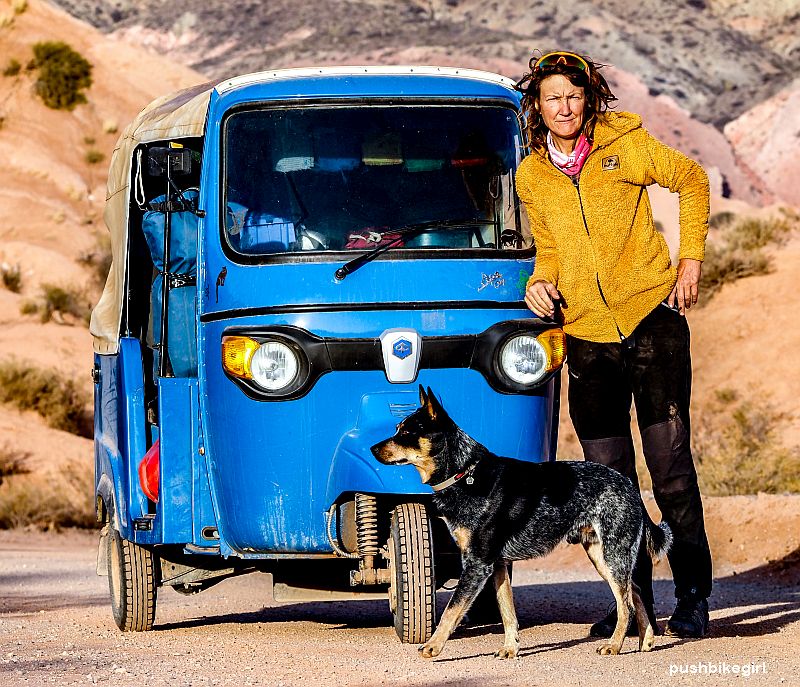
Tip
We live from this blog.
If you liked the article, we would be very happy about a tip from you.
As always, there is a photo postcard as a thank you.
A huge THANK YOU ![]()
It’s this way…
-
Hiking with two donkeys in the Basque Country – a real adventure
“Please go on,” I say to Momo. Overhead, the sky is a pitch-black canvas punctuated with brilliant lighting flashes and deep, rumbling thunder. Momo stands still. I pull on the rope like a crazy person, waving my stick in front of him to motivate him to keep going, but Momo doesn’t take another step; on […]
-
Rain, Cold, and Incredible Landscapes – Hiking in Northern Spain in April
Having finally arrived at the GR 1 hiking trail, we set off through the beautiful Picos de Europa—fantastic views mixed with freezing cold nights and almost constant rain. Rarely have I had such shitty weather for so long. Warm rain, like in Africa, is tolerable, albeit annoying, but constant rain at 5 degrees during the […]
-
We are walking home – the long way
It’s been four years since I was last in Germany, so it was finally time for a visit back home. However, it’s not that easy with a dog, as the flight from Chile to Europe is unfortunately very long. Ships are not an option because the only ship that takes dogs across the Atlantic is […]
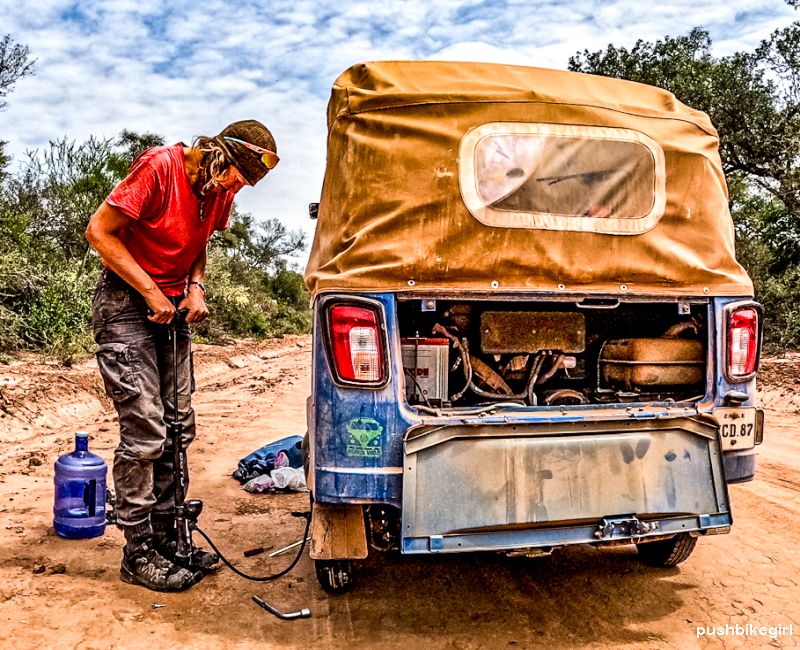
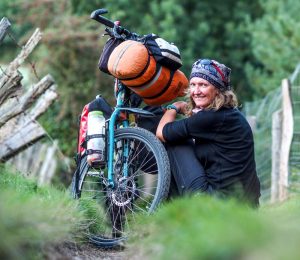

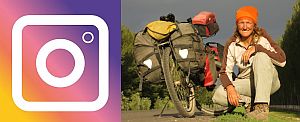
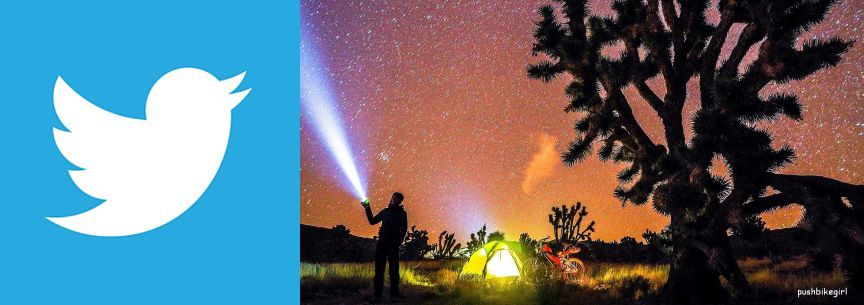

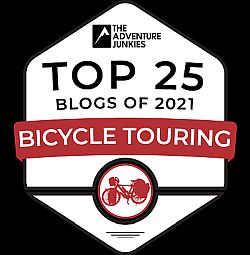
Your photography is extraordinary!
Thank you Cathi for the great compliment!
Much appreciated!
Cheers from Heike and Butch
That was another fine story accompanied, as always, by your terrific photography. Thanks for sharing!!!
Thank you very much Gregory!
Love the compliment!
All the best from us.
Heike and Butch
Hello Heike, seems like Argentina is treating you well. Good to hear and see. Wow! Still in love with your photography, and journaling of your life on the road. This post has a super combination of people portraits, flora and fauna, landscapes and night time images.
Thanks for taking us along.
Best wishes for your Team!
THANK you Ron,
very much appreciated!
Best greetings from the TEAM
Heike, Butch, Lasse and Herr Nilsson
(Lasse is my teddy and Herr Nilsson the Tuk Tuk)
As always when start reading your stories can’t stop until I reach the End.
I went to Argentina but not yet where you have been and was going much faster ( bus)!
thanks again for sharing your travels with us.
Thank you very much Jeannette,
glad you liked it!
Best greetings from us
bonjour Heike, je te “suis” depuis 10 ans lors de notre rencontre sur le bateau de Chios a Cesme. Je suis admirative et emerveillee en suivant ton blog. Tes photos sont sublimes. Ton nouveau compagnon, Butch, est vraiment tres photogenique.
Bonne continuation a bientot je partage ton blog avec des amis j espere qu’ils auront aussi envie de te soutenir:
Thank you very much Flo!
Yes, 10 years !!! Sometimes I can’t believe it myself!
Thanks for following along for such a long time.
Take car and all the best from Argentina.
Heike and Butch
Love your adventures, photo’s and really love Butch, especially since he’s a heeler and reminds me of home as did your recent photo’s which looked a lot like the Australian outback….. Can you give us some idea of where you’ll be heading over the next year?
Thank you very much dear Pamela.
Yes, it reminded me a lot of the Outback too. I am a big fan of Australia.
My plans are always changing. Nothing set in stone. In other words: I have no idea 🤪
Best greetings to OZ from Butch – my lovely blue heeler – and myself.
Sweet dreams dear Wolfi, sweet dreams.
Much appreciated Michael!
Thank you.
Hello Heike,
It has taken me a while to read your post,again it’s fabulous writing and stories. I am still following your journey with great interest.Also I feel your sadness in the story about Wolfi. I have known of other friend’s parents who were brave enough to do it. Your journal and photos are a source of inspiration for me. Keep up with your journey and writing.
Best wishes from Oz.
Sing
Dear Sing,
sorry for my late reply!
Thanks very much for still following along….
Yes, I am missing Wolfi – he was a great guy.
I hope you are doing well in OZ.
Best greetings Heike and Butch